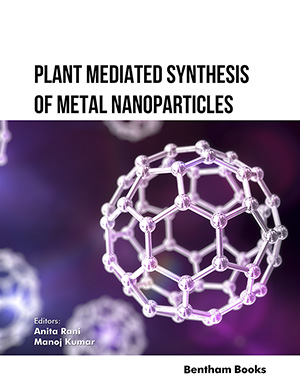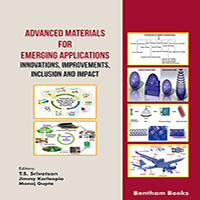Abstract
Aim: In this research work, an attempt was made to machine Ti6Al4V nano composites utilizing Al2O3 mixed nano fluid at minimum quantity lubrication condition, in which experiments were designed using the L16 orthogonal array, whereas Material Removal Rate, Surface Roughness, machining force and power were recorded as responses.
Method: The nano composites were fabricated using the stir casting technique and the nano particles were synthesized using the sol-gel technique. the microstructure revealed that the homogeneous dispersion of particles with dendric arms. Increased cutting speed and feed lead to more tool wear, which in turn causes a decrease in surface quality and an increase in surface roughness.
Result: Larger areas of cut are often the consequence of higher feed rates, which increases the amount of friction between the work piece and the cutting edge. The machining force increases when the feed rate is increased. A higher feed rate produces a large volume of the cut material in a given length of time in addition to having a dynamic impact on the cutting forces.
Conclusion: It also results in a corresponding increase in the typical contact stress at the tool chip interface and in the tool chip contact zone.
Keywords: Nano particles, nano composites, machining, ANOVA, MQL, titanium alloys.























